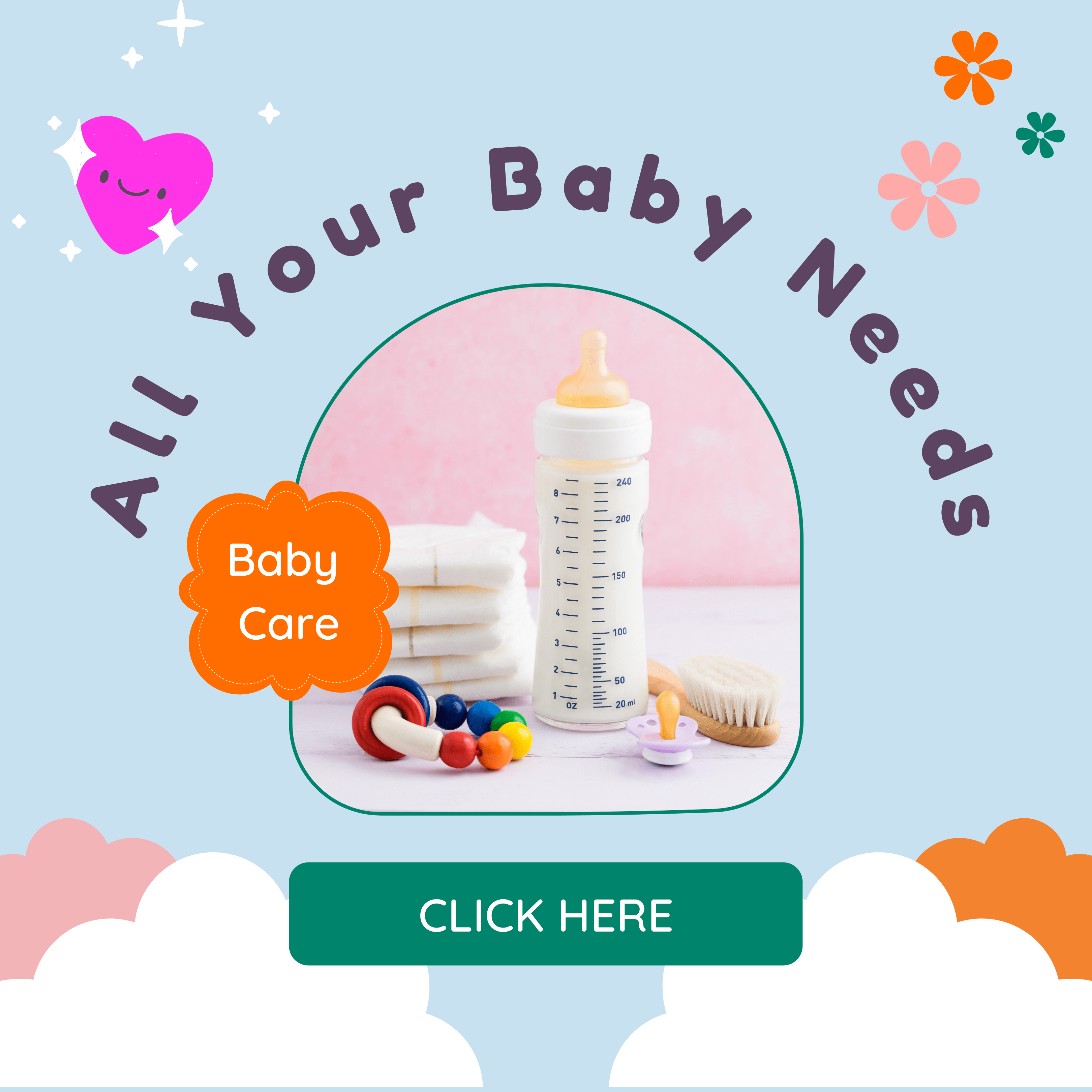Parentification is a phenomenon in which a child is given adult responsibilities and roles within their family, often at the expense of their own emotional and developmental needs. This can take many forms, including emotional parentification, in which a child is expected to provide emotional support or be a confidant for their parents or siblings, and instrumental parentification, in which a child is given practical responsibilities such as cooking, cleaning, or caring for younger siblings.
Parentification can have negative effects on a child’s mental and emotional well-being, including feelings of neglect, resentment, and low self-esteem. It can also affect their ability to form healthy relationships, as they may have difficulty trusting others or setting boundaries.
It’s important to note that parentification can happen in any family, and it’s not always the result of neglect or abuse. Sometimes it can happen because of a family crisis, such as a parent’s illness or job loss, or because of cultural or societal expectations.
It is important to recognize the signs of parentification and take steps to address it, such as seeking support from a therapist or counselor, and helping children to understand their own needs and boundaries.
Recommended reading: Bad Parenting and It’s Impact on Child’s Mental Health
Recommended reading: Gaslighting and Parenting: What You Need to Know
What are some signs of parentification?
Some signs of parentification may include:
- A child taking on responsibilities that are typically the role of an adult, such as cooking, cleaning, or caring for younger siblings.
- A child being expected to provide emotional support or be a confidant for their parents or siblings.
- A child feeling responsible for the emotional well-being of their family members.
- A child feeling like they have to be the “adult” in their family.
- A child feeling like they have to put their own needs and wants aside to take care of others.
- A child feeling resentful or angry towards their parents or family members.
- A child having difficulty trusting others or forming healthy relationships.
- A child having difficulty setting boundaries and standing up for themselves.
- A child having difficulty expressing their own emotions or needs.
- A child experiencing symptoms of anxiety or depression.
It’s important to note that these signs can be subtle and may not be immediately obvious. It’s important to pay attention to the child’s behavior and try to understand the context of their family situation.
How to stop parentification and let kids be kids?
Here are some ways to stop parentification and let kids be kids:
- Set clear boundaries and expectations: Make sure your children understand what responsibilities are appropriate for their age and maturity level.
- Encourage open communication: Create an environment where children feel comfortable expressing their feelings and needs.
- Prioritize their emotional and developmental needs: Make sure your children have the support and resources they need to grow and thrive.
- Share the responsibilities: Involve children in age-appropriate household tasks and errands, but make sure they are not shouldering too much responsibility.
- Set aside time for play and leisure: Make sure your children have time to be kids and enjoy their childhood.
- Teach them self-care and self-compassion: Encourage children to take care of their own emotional and physical well-being.
- Seek professional help if necessary: If you think your child is showing signs of emotional distress or if you are struggling to create a healthy family dynamic, consider seeking support from a therapist or counselor.
- Lead by example: Show your children how to set boundaries and prioritize their own needs.
Recommended reading: 7 Signs You Have Been Raised By Manipulative Parents
Recommended reading: 9 Signs Of Emotional Abuse From Parents
It’s important to note that stopping parentification can take time, and it may be a gradual process as the child and the family learn new ways of interacting. Also, it’s important to be consistent and patient while working on this.




